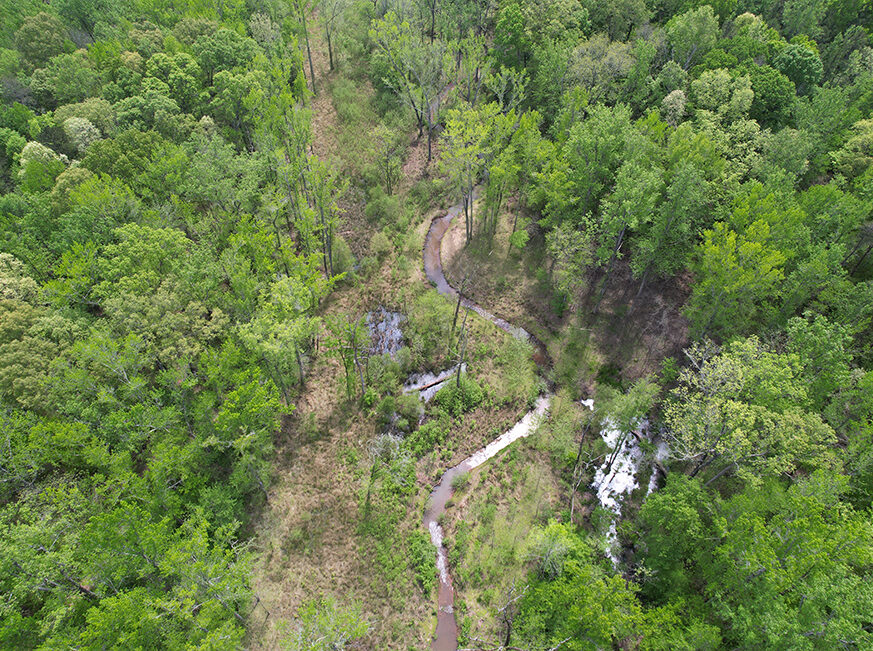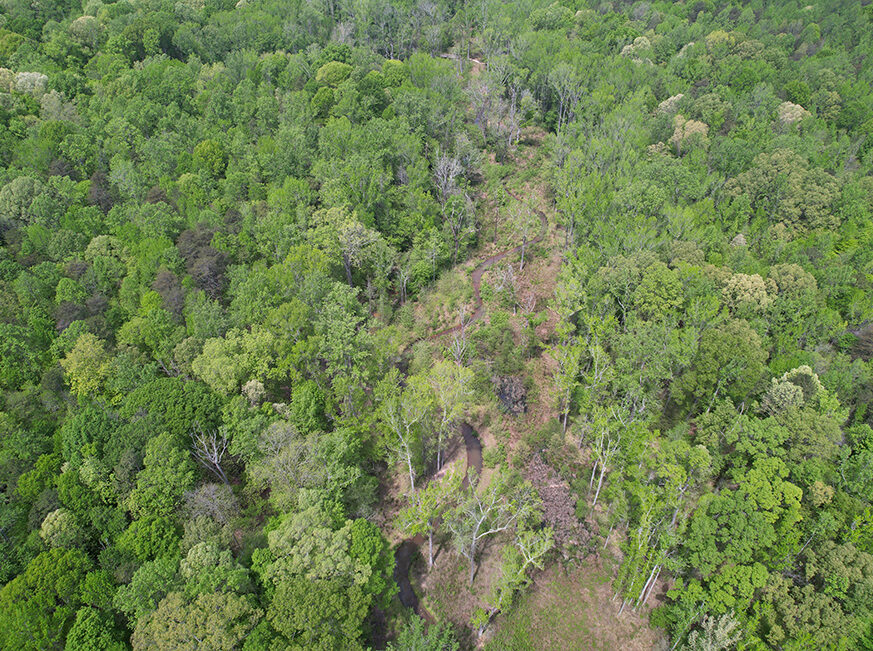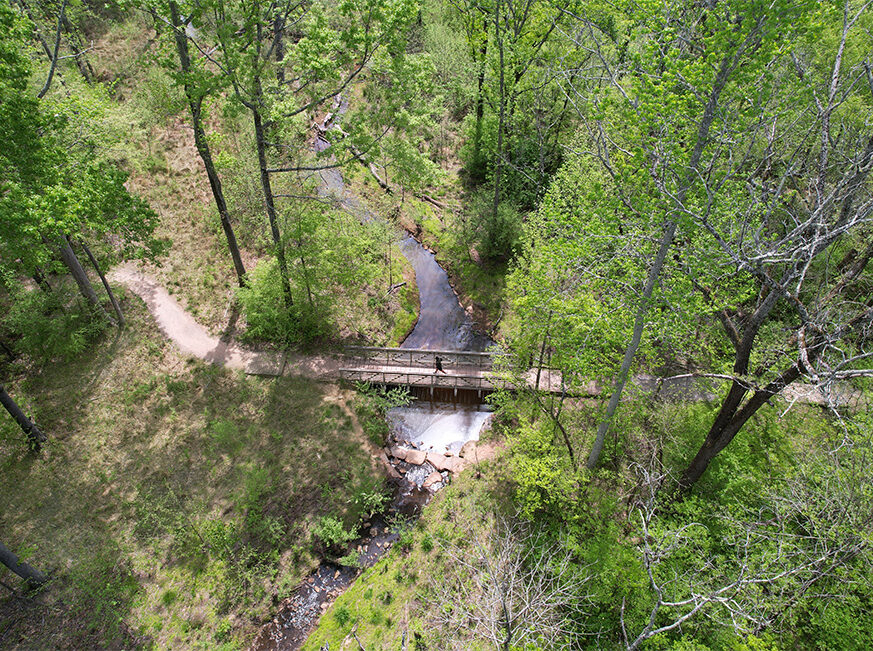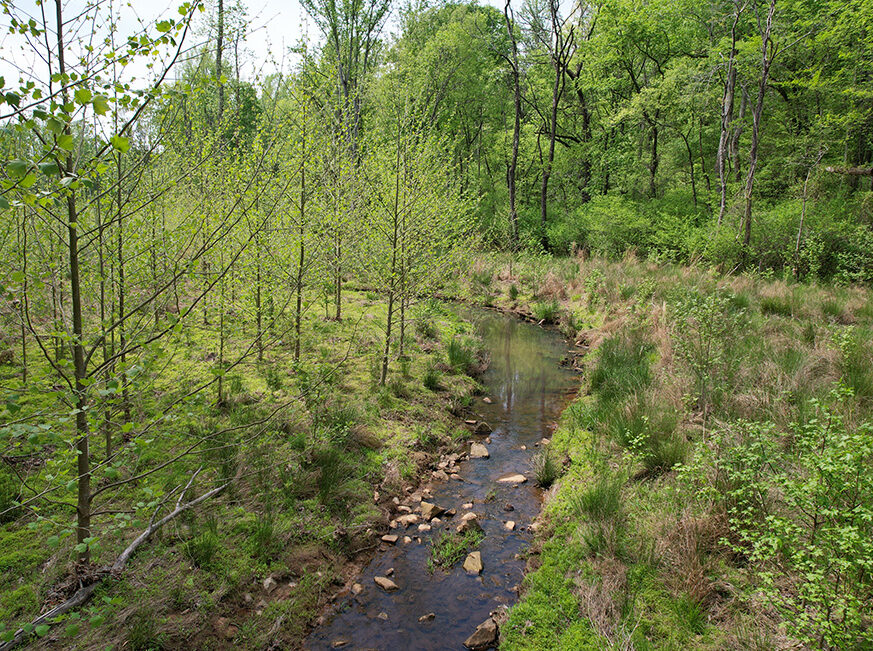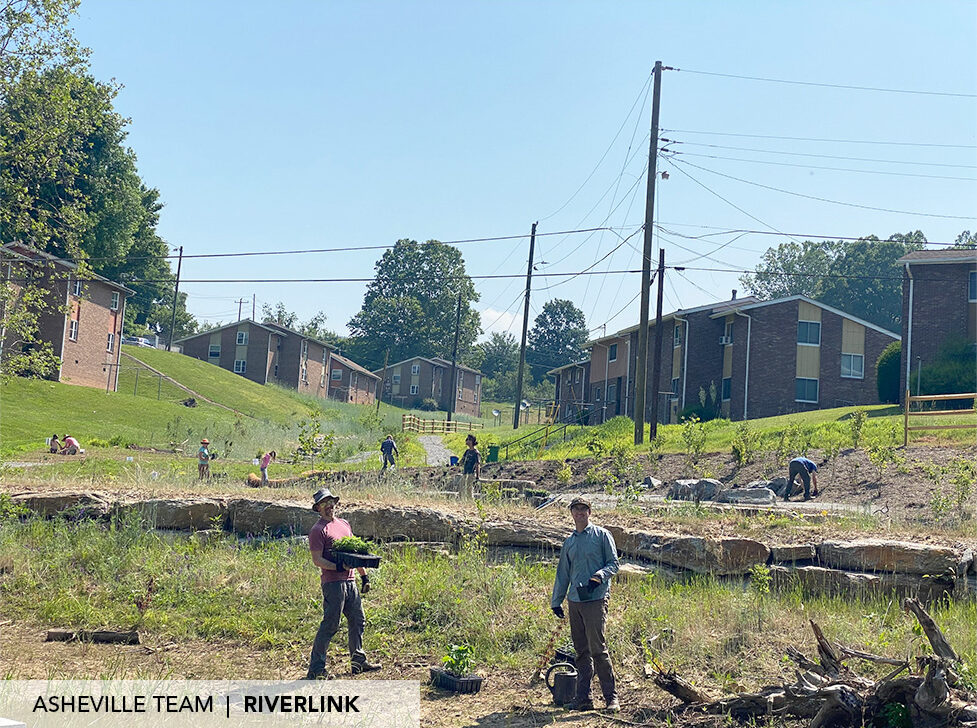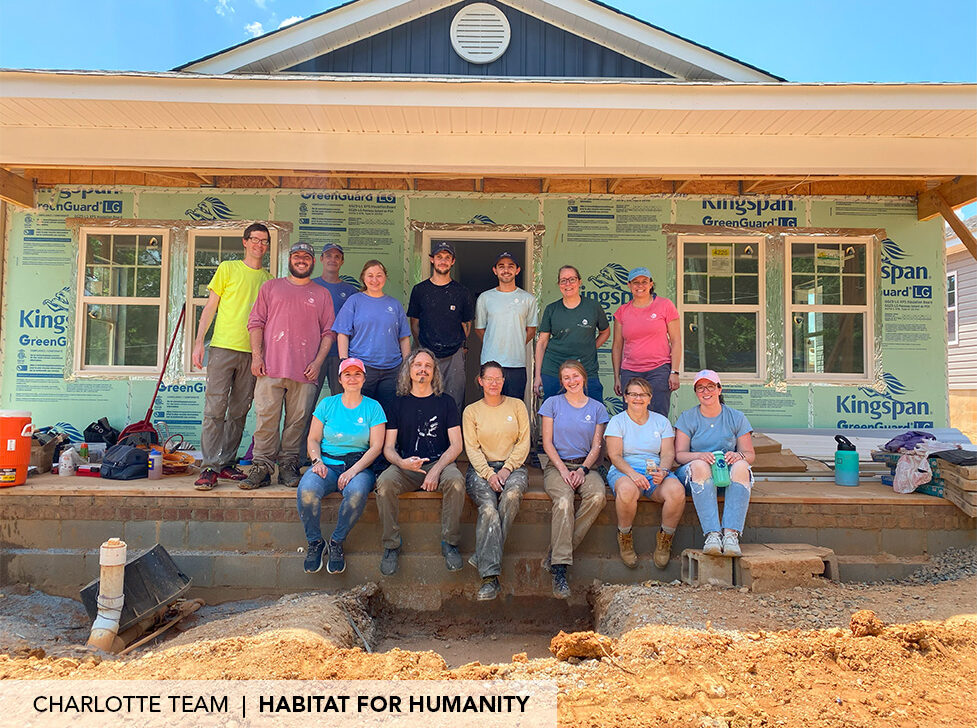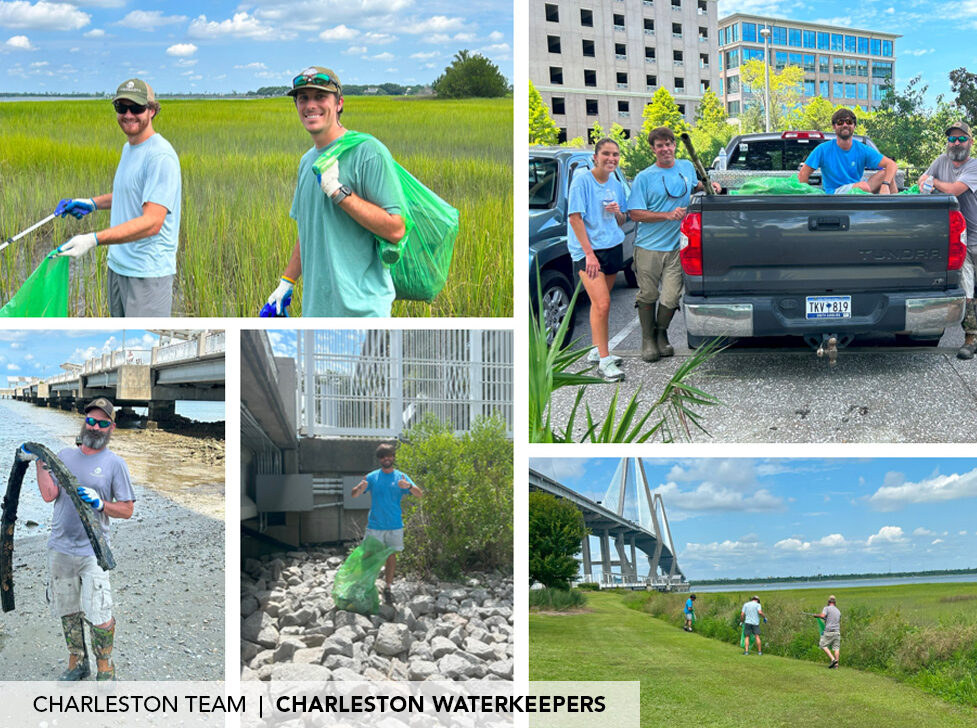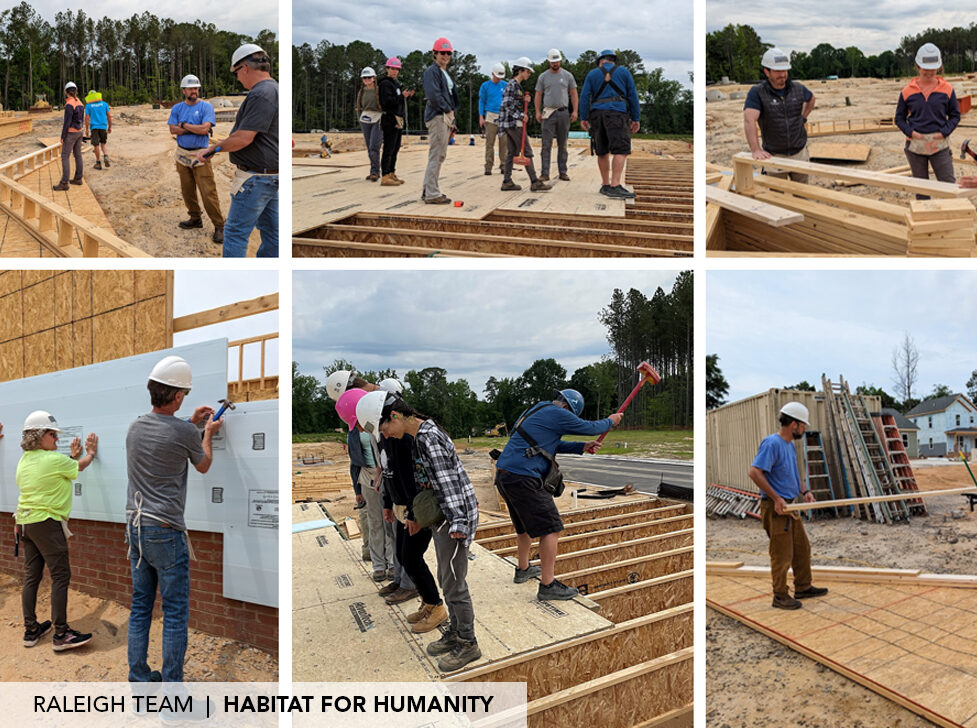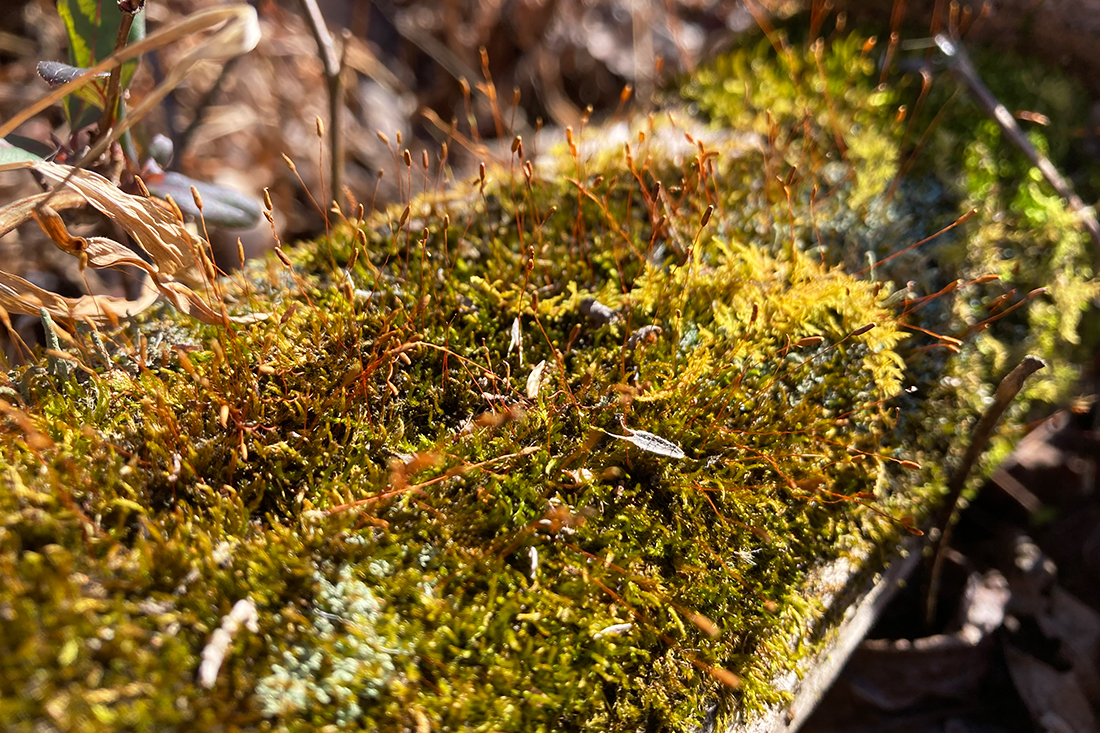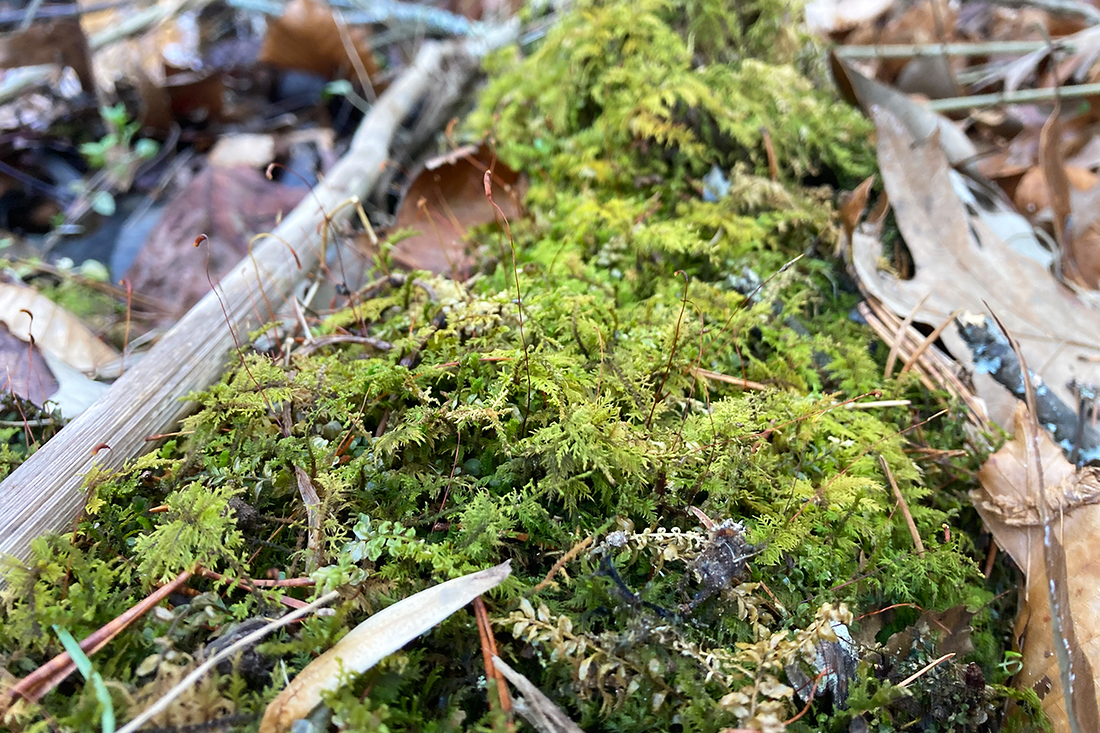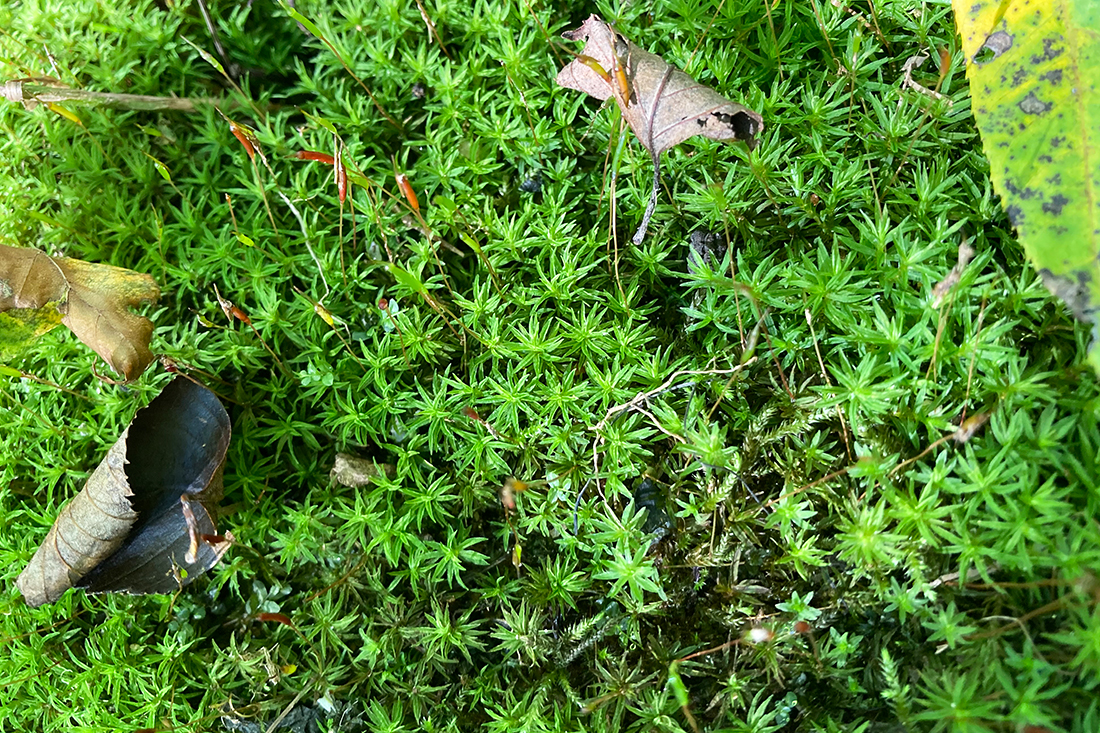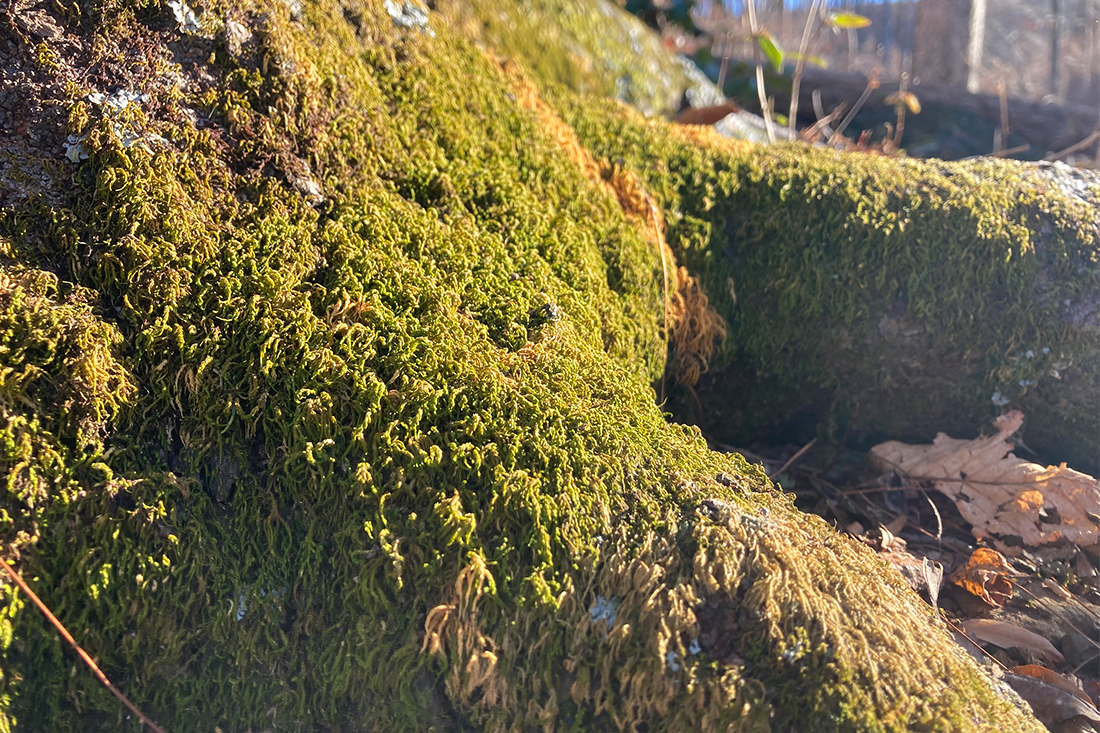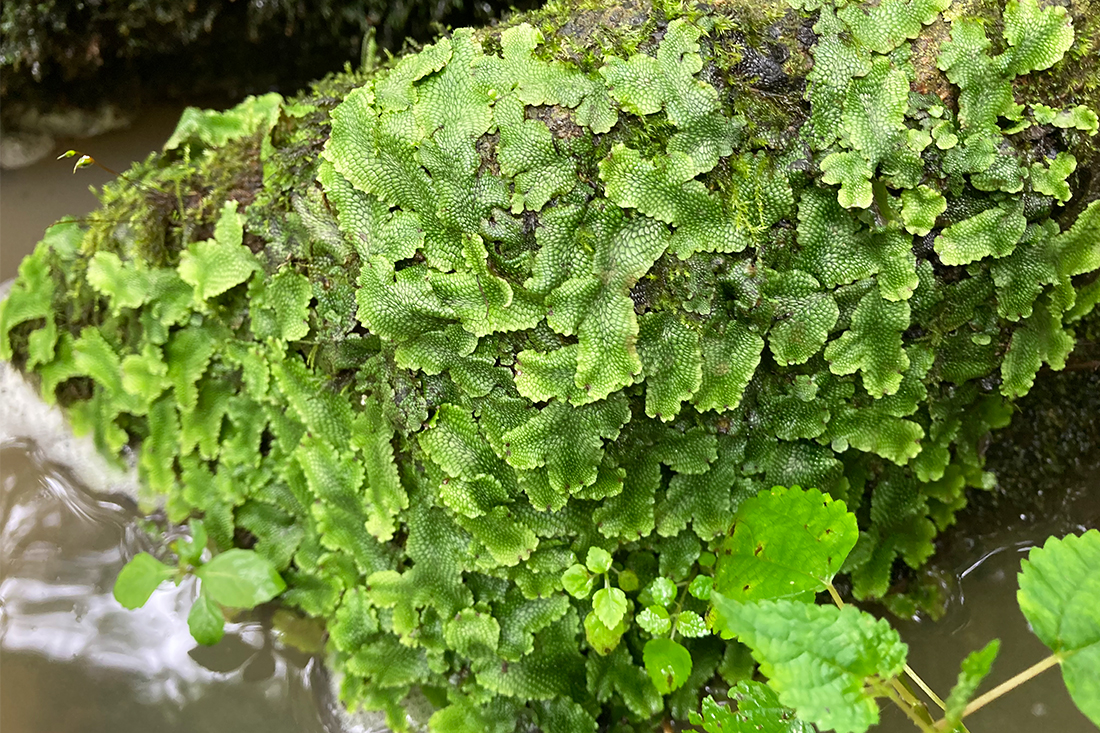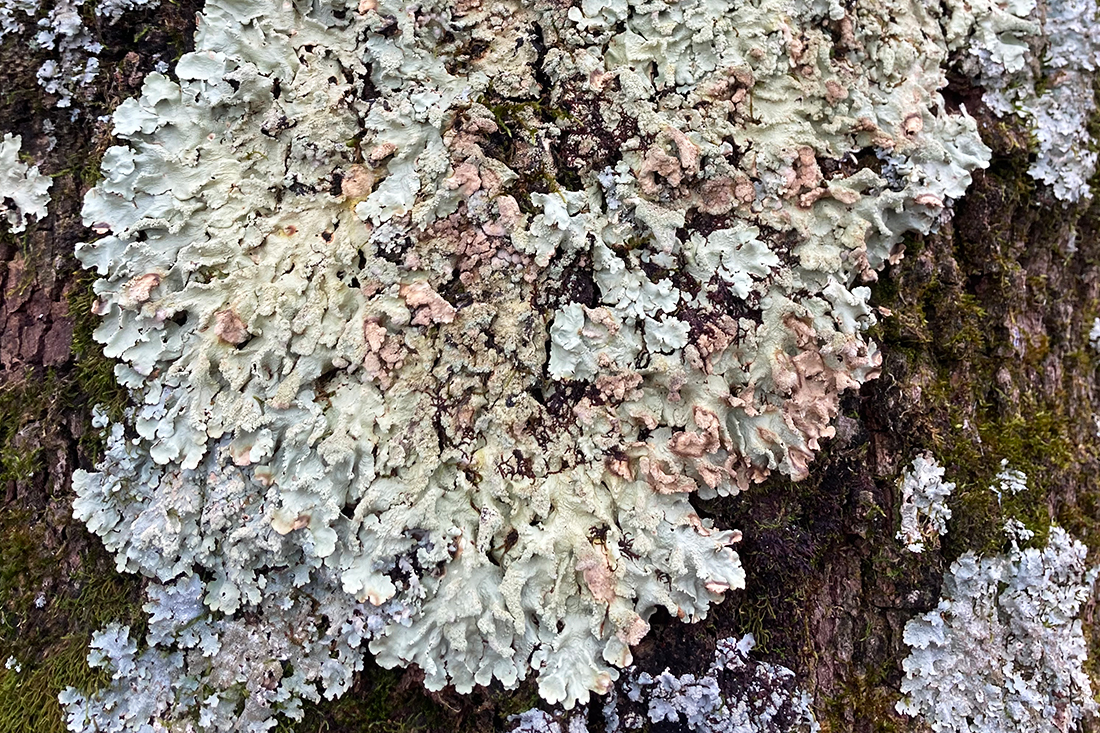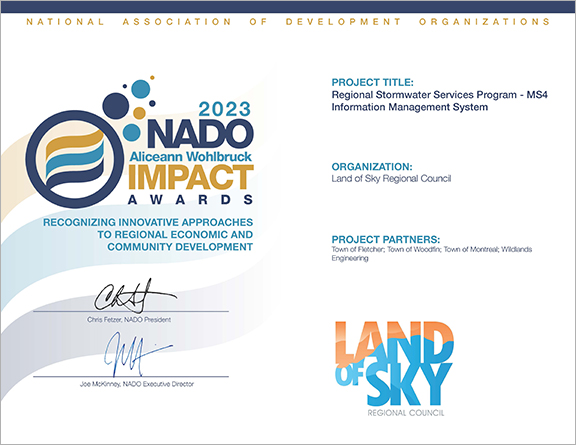Stewardship Corner: Natural Approach to Repairs
At Wildlands Engineering, our internal stewardship team plays a key role in supporting the long-term success of our stream and wetland mitigation sites. Streams are naturally dynamic systems, and from time to time, they experience changes that require thoughtful maintenance to preserve their stability. After construction is complete, we prioritize low-impact repair techniques that avoid the use of heavy machinery, helping protect young vegetation during its critical establishment period.
In April, the Charlotte team, alongside our restoration specialist, Andrew Radecki, completed a significant repair at our Plantation Branch Mitigation Site in the Yadkin River Basin. Following a major storm event, high water flows dislodged two large log sills, resulting in localized streambank erosion. Our team harvested hard woody materials on-site from a dying mature sycamore tree, shaped it to fit each pool, and anchored it at the toe of the original streambank. We then backfilled the streambank with large brushy material and live willow fascines to reinforce the structure, followed by topsoil, native seed, and natural fiber coir matting. The finishing touch was to install live stakes harvested on-site from established native black willow, silky willow, and silky dogwood to promote deep rooting and natural stabilization.
The two-day project showcases the value of hands-on stewardship and the lasting impact of natural solutions. We’re proud of our team’s commitment to helping our restoration sites thrive for years to come.
Dominic Dixon, Stewardship Coordinator




















